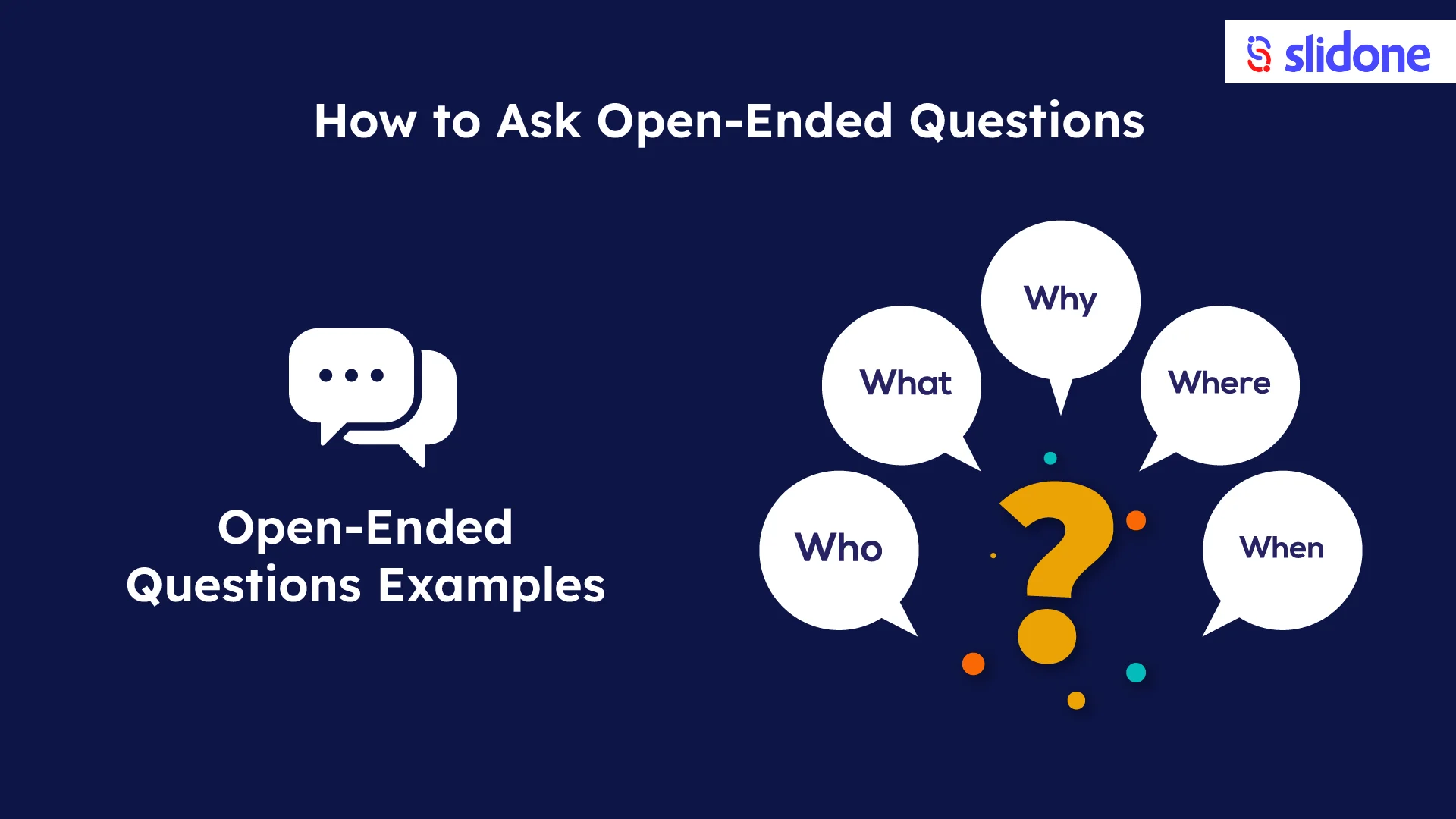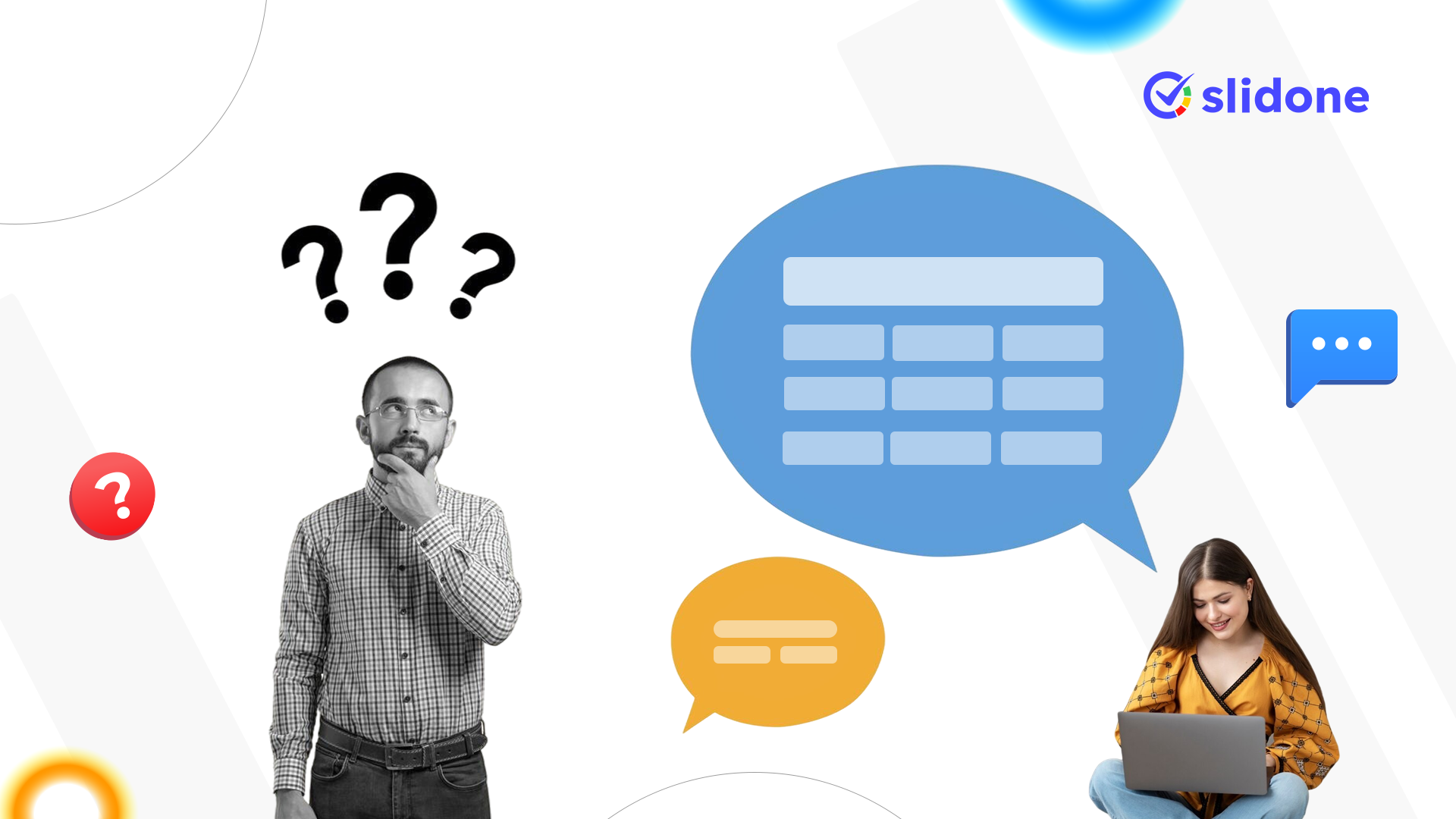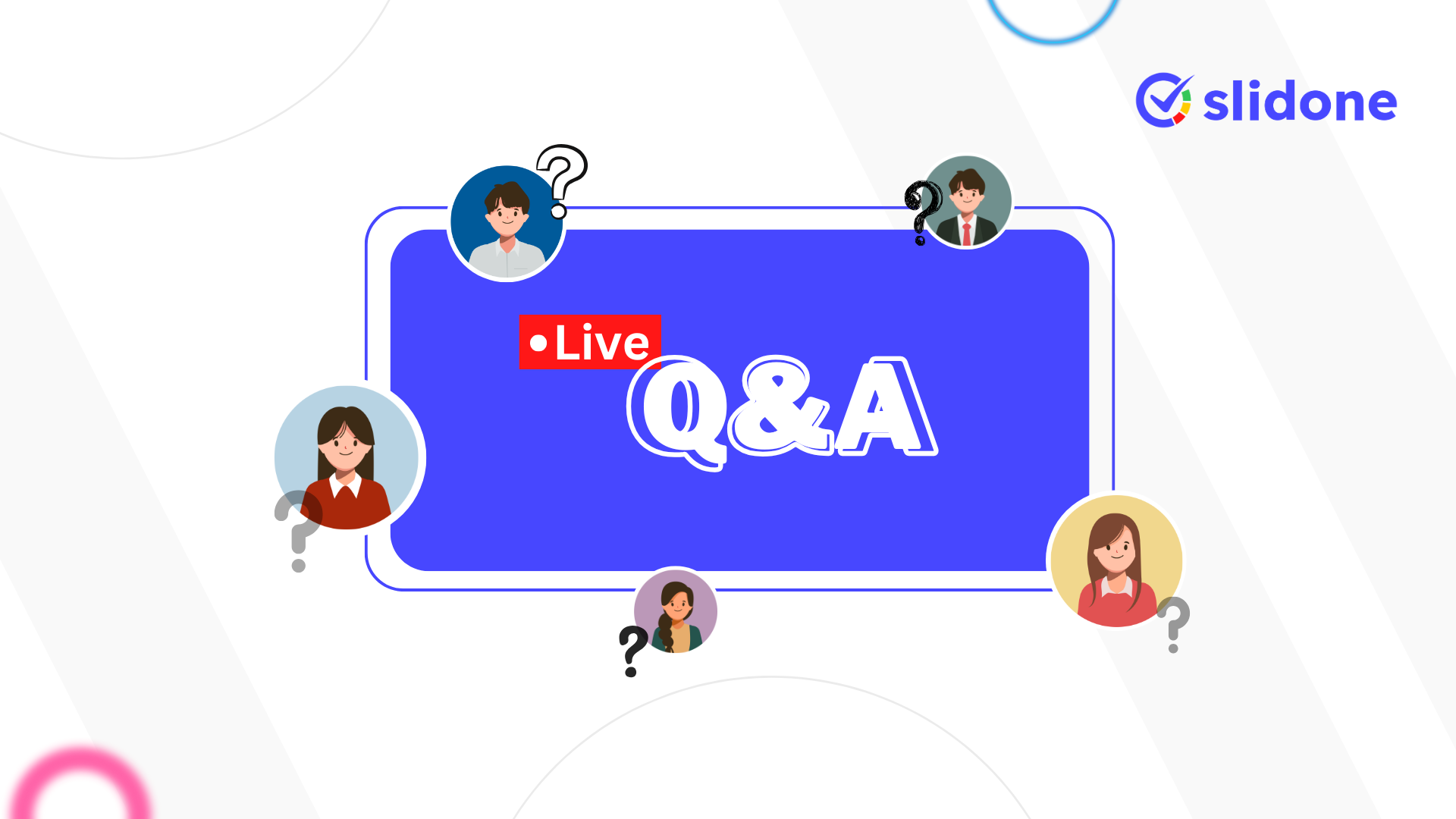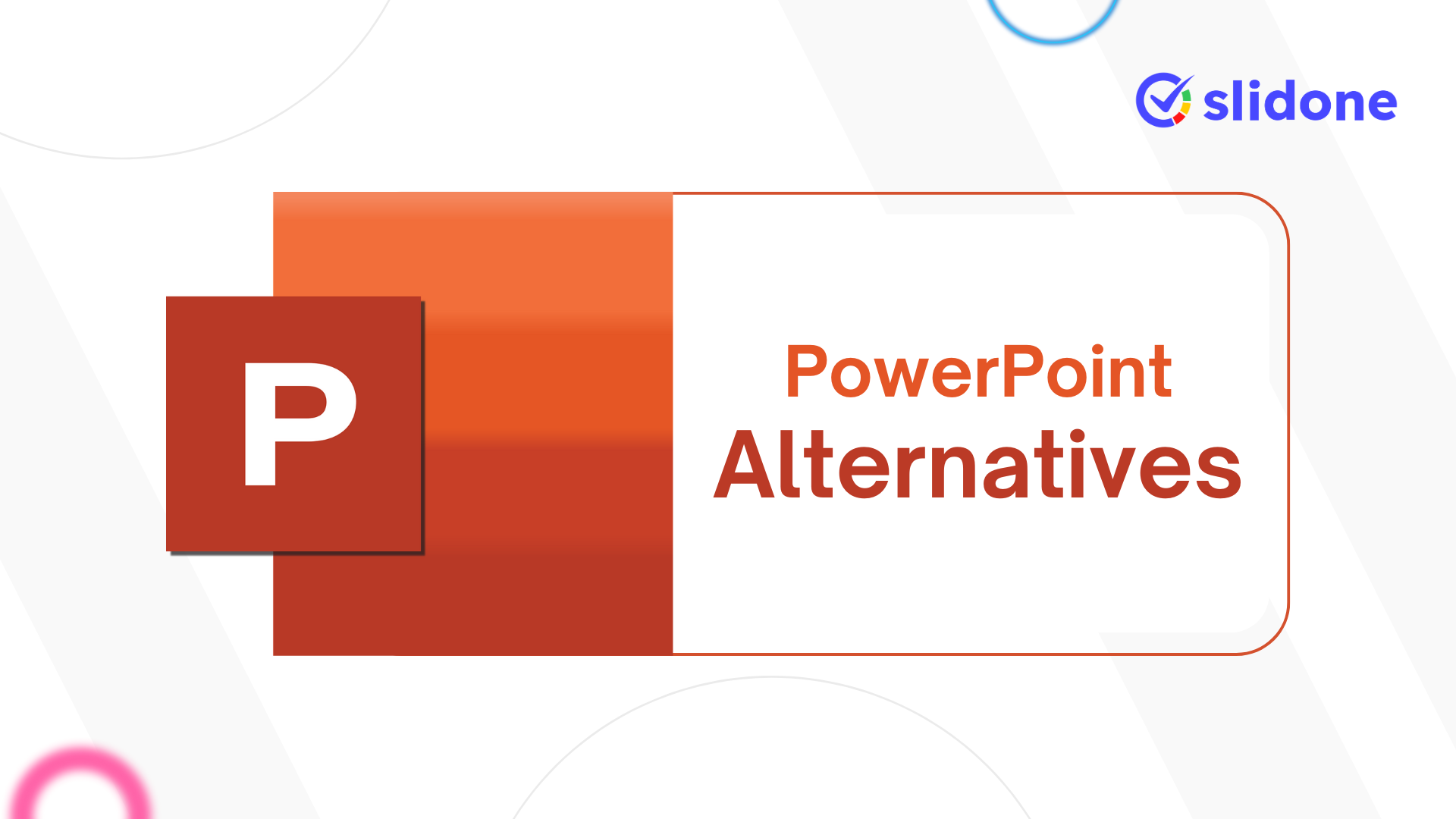Open-ended questions are one of the mighty tools communicators use in education, business, and customer service. This kind of question enables an individual to express his or her thoughts, opinions, or experiences in great detail. In contrast to closed-ended questions, which require either a yes or no response, open-ended ones provide much in conversation and useful insights. Next, we will look at some of the advantages of open-ended questions and present 30 productive open-ended questions examples for different contexts.
What Are Open-Ended Questions?
Open-ended questions become a good avenue to express oneself in a well-articulated and reflective manner. Apart from the closed questions, which are easily passed with a “yes” or “no,” these questions tend to invite the respondent to elaborate on his or her thoughts, feelings, or experiences. They use “how,” “why,” and “what” at the beginning of the question, thereby usually prompting a more detailed response. Open-ended questions are useful in discussions, interviews, and surveys because they allow the researcher to obtain rich and meaningful information unattainable with more restrictive question types. For this reason, the approach will grant open communication and much deeper understanding.
Why Are Open-Ended Questions Important?
Open-ended questions are essential because they:
- Encourage Detailed Responses: They allow people to provide more information, which leads to better understanding.
- Promote Discussion: These questions spark conversations and encourage dialogue.
- Reveal Deeper Insights: When used in surveys, interviews, or customer feedback, they reveal insights that might not come up with closed-ended questions.
- Develop Critical Thinking: In educational settings, they help students think deeply and articulate their thoughts clearly.
- Enhance Customer Feedback: In business, open-ended questions provide more comprehensive feedback that can lead to improvements in products or services.
30 Effective Open-Ended Questions Examples
Here are 30 open-ended questions examples into different fields to guide you in using them effectively.
1. Open-Ended Questions for Conversations:
These questions help keep conversations going and encourage the other person to share more.
- What do you enjoy doing in your free time, and why?
- How did you become interested in your current career path?
- Can you describe your ideal weekend getaway?
- What are your thoughts on the current trends in your industry?
- How do you handle challenges in your life or work?
2. Open-Ended Questions for Education:
Teachers and educators can use these to encourage students to think critically.
- How did you come up with your solution for this problem?
- What do you think the author was trying to say in this text?
- How would you apply this concept in a real-life scenario?
- What challenges did you face while completing this assignment, and how did you overcome them?
- How do you think this historical event influenced our world today?
3. Open-Ended Questions for Customer Feedback:
Businesses can gather more detailed insights by using these questions with customers.
- What do you like most about our product or service?
- How has our product or service helped you achieve your goals?
- Can you describe a feature you wish our product or service had?
- What is the biggest challenge you face with our product or service?
- How can we improve your experience with our company?
4. Open-Ended Questions for Job Interviews:
Hiring managers can use these to gain a better understanding of candidates’ experiences and thoughts.
- Can you describe a situation where you had to solve a difficult problem at work?
- How do you prioritize tasks when handling multiple projects at once?
- What motivated you to apply for this position?
- Can you tell me about a time when you had to adapt to a significant change at work?
- How do you handle feedback and constructive criticism?
5. Open-Ended Questions for Relationships:
These questions are useful in personal relationships to foster deeper connections.
- How do you feel about the direction our relationship is going?
- What is something you’ve always wanted to do together?
- How can we communicate better with each other?
- What are your personal goals, and how can I support you in achieving them?
- Can you describe a time when you felt happiest in our relationship?
6. Open-Ended Questions for Self-Reflection:
Use these questions to promote self-awareness and personal growth.
- What are some goals you’ve achieved, and how did they shape who you are today?
- How do you handle stress and pressure in your life?
- What are the lessons you’ve learned from your past experiences?
- What would you do differently if you could go back in time?
- How do you define success, and do you think you’ve achieved it?
How to Use Open-Ended Questions Effectively
1. Be Clear and Concise:
Open-ended questions are worded in a way to elicit thoughtful, necessary answers. At the same time, it is relevant that questions be couched as unpretentiously as possible. If a question becomes very complex, the respondent may have trouble understanding exactly what you’re asking. Such a situation may give rise to either embarrassment or just non-relevant answers. Instead, say, “What do you think?” Ask, “What do you think about how we could improve collaboration in this team?” That way, you spur a more specific response while still giving him space to develop his thoughts.
2. Avoid Leading Questions:
In framing a question, do not lead the respondent to your way of answer. Allow them to open up and share your thoughts with you freely. Example: Instead of saying, “Do you agree that X is the best solution? “, ask, “What do you think about X as a solution? In this way, the respondent gives an opinion that is unbiased, since it will not be influenced by the wording of a question. You get more genuine answers, as neutrality provides for a candid view from the respondent.
3. Follow Up with Probing Questions:
A great way to keep excitement within content is through open-ended questions. If someone gives a quick, brief response, asking “Can you tell me more about that?” really helps them elaborate their thoughts further. These kind of approaches start conversations of more substance and bring out answers much worthier of valuable knowledge. This is an open-ended question because a one-word response is just not possible in the type of question; it requires an elaborated explanation. They are especially useful in surveys, interviews, or feedback forms when a longer response is needed. What other ways have you found successful in eliciting longer answers during conversations or interactions?
4. Listen Actively:
Listening carefully after you have asked a question: If you are genuinely listening to what the other person is saying, showing interest by nodding your head or asking more questions, you value them. This will make them open up and be comfortable talking with you. When they talk, don’t interrupt or finish their thoughts for them; give them a chance to finish their thoughts and then take the time to consider their words carefully. When you really show that you’re interested, people start to open themselves up more naturally. Of course, it can build trust and foster understanding, helping conversation run smoother and more meaningfully. If one is genuinely interested, he will have much deeper connections.
Conclusion
This Open-ended questions examples are used in a wide variety of conversations, surveys, and learning environments. They truly help to delve deep into a thought and create an interactive atmosphere, whether you are a teacher wanting to get your students involved, a manager who wants more useful feedback from employees, or a business owner trying to acquire meaningful customer insights. This blog provides some examples that you can try to get better at communicating and eliciting more reflective, informative answers.
These questions, if worked into casual conversations or formal situations, are sure to enhance not only dialogue but also relationships and understanding. Some of these open questions would bring about a real difference the next time you are in a meeting, interview, or even when you’re just chatting with friends.
By instilling these approaches into your interactions, you will begin to find that the discussions go smoother and that you receive much more quality and detailed replies.





Leave a Comment
Your email address will not be published. Required fields are marked *